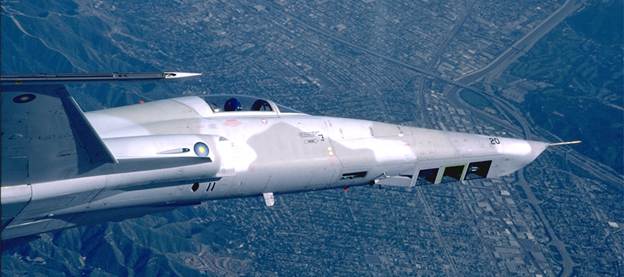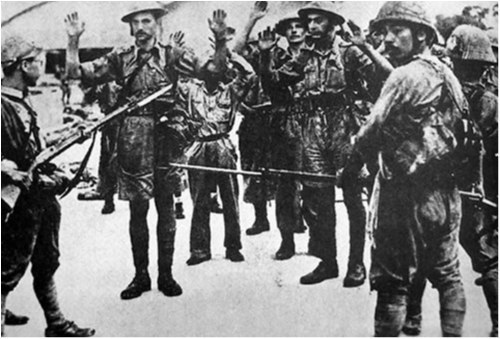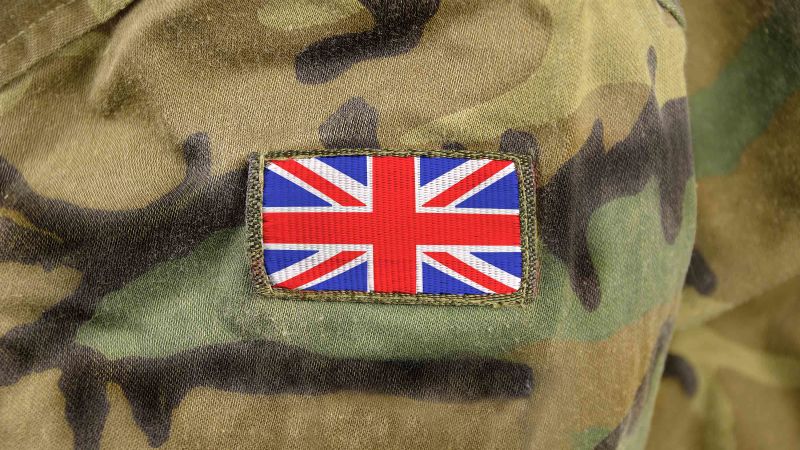I was watching old episodes of "West Wing" and a part of this was quoted. A little research; this was from a poem entitled "High Flight" and was written in early September, 1941 by a 19 year old American pilot John Gillespie Magee serving with the RCAF No. 412 Squadron in Royal Air Force, Digby, England. He was describing the sheer exaltation of his solo run in his Spitfire, decided to compose this "ditty" as he called it, and mailed it to his parents. Sadly Magee was killed soon after on December 11 in a midair collision after a training flight. Portions of this are found on many headstones in Arlington, especially of aviators and astronauts. The original is stored in the Manuscripts vault of the Library of Congress. bb
"Oh, I have slipped the surly bonds of earth,
And danced the skies on laughter-silvered wings;
Sunward I've climbed and joined the tumbling mirth of sun-split clouds -
and done a hundred things You have not dreamed of -
wheeled and soared and swung high in the sunlit silence.
Hovering there I've chased the shouting wind along
and flung my eager craft through footless halls of air.
"Up, up the long delirious burning blue
I've topped the wind-swept heights with easy grace,
where never lark, or even eagle, flew;
and, while with silent, lifting mind I've trod
the high untrespassed sanctity of space,
put out my hand and touched the face of God."










